Blog
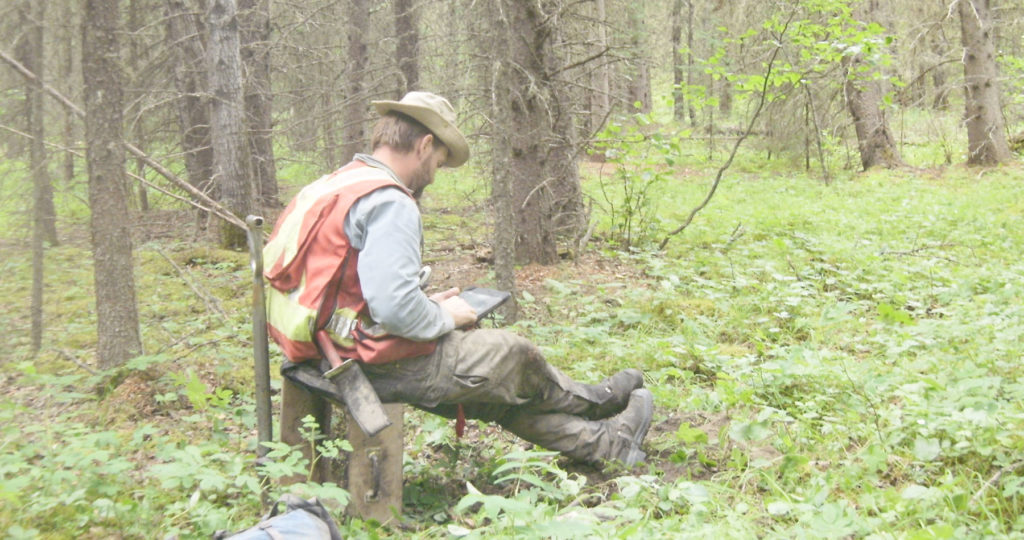
November 14, 2016
Careers in Archaeology
Consulting The most common career in archaeology is that of a consulting archaeologist. Consulting archaeologists work in the field of Historic Resource Management or Cultural Resource Management (CRM). People in this line of work generally work on Historic Resource Impact Assessments of planned developments before construction is started. The responsibility of consulting archaeologists is to
Keep Reading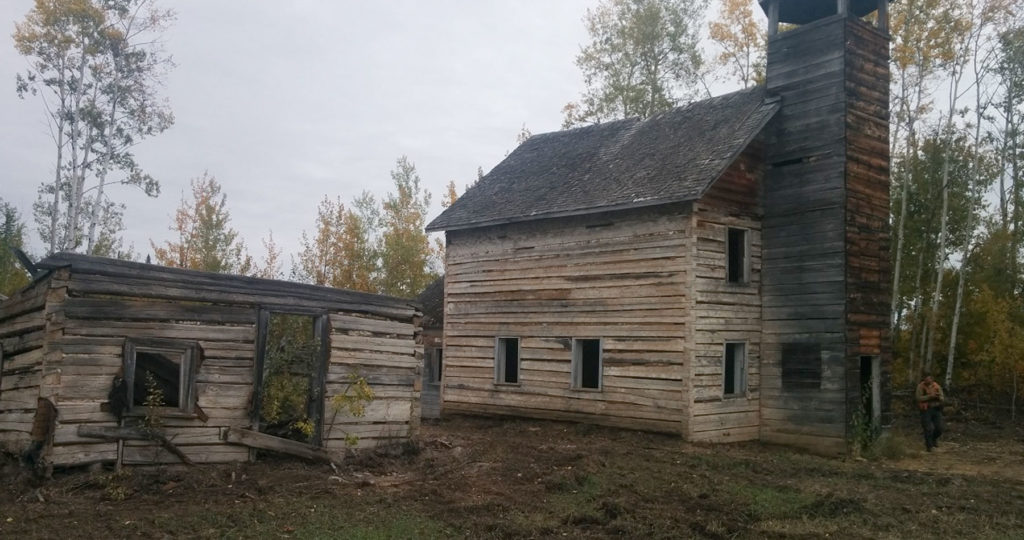
November 9, 2016
St. Louis Catholic Church
We get to do a lot of traveling around Alberta during the summer. Sometimes when time permits, we get to stop at local attractions. During a recent trip to Fort Vermilion we made a stop at St. Louis Catholic Church in what is locally referred to as ‘Buttertown’. This church was built in 1906-1909. Check
Keep Reading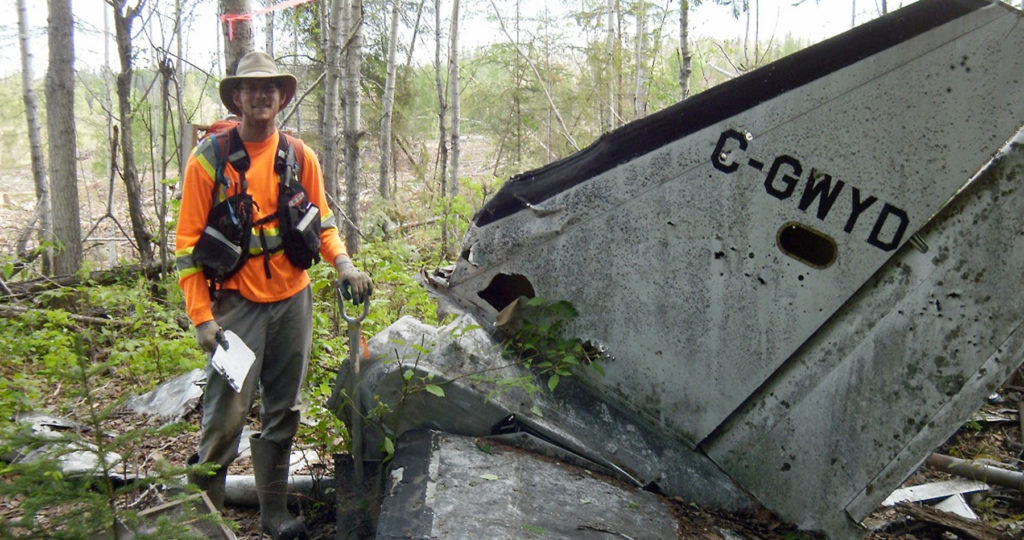
November 2, 2016
Slave Lake Plane Crash
In the summer of 2013, Vince and I were walking through a harvested cutblock south of Slave Lake and we noticed something big and white on a high hill along the tree line. At first we thought it was some sort of tarp but as we got closer we realized it was the broken tail
Keep Reading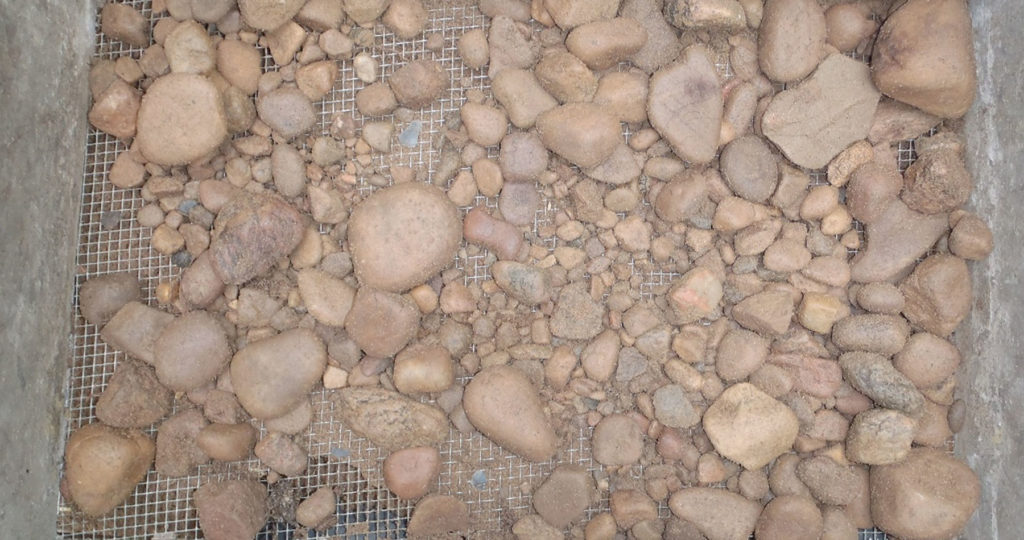
October 19, 2016
Can you find the flakes?
It’s not all sand, toothbrushes, and dust pans for consulting archaeologists. More often than not we find ourselves digging on aluvial fans. In other words, gravel bars created by glaciers, or even old beach shores. That doesn’t mean gravel is sterile. How many flakes can you find in this screen? Scroll down to find out
Keep Reading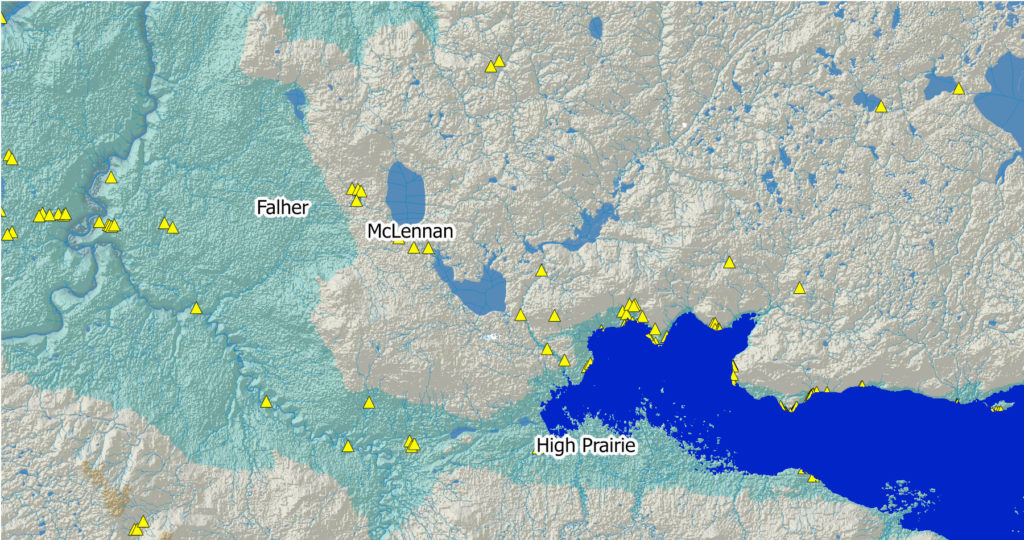
September 20, 2016
Glacial Lakes around Lesser Slave Lake
Where we find archaeological sites in the province is often strongly tied to the physical environment. We look for the different physical characteristics such as distance to water and if an area is high and dry. These features are indicators, which tell us that there could be an archaeological site in the area. This approach to
Keep Reading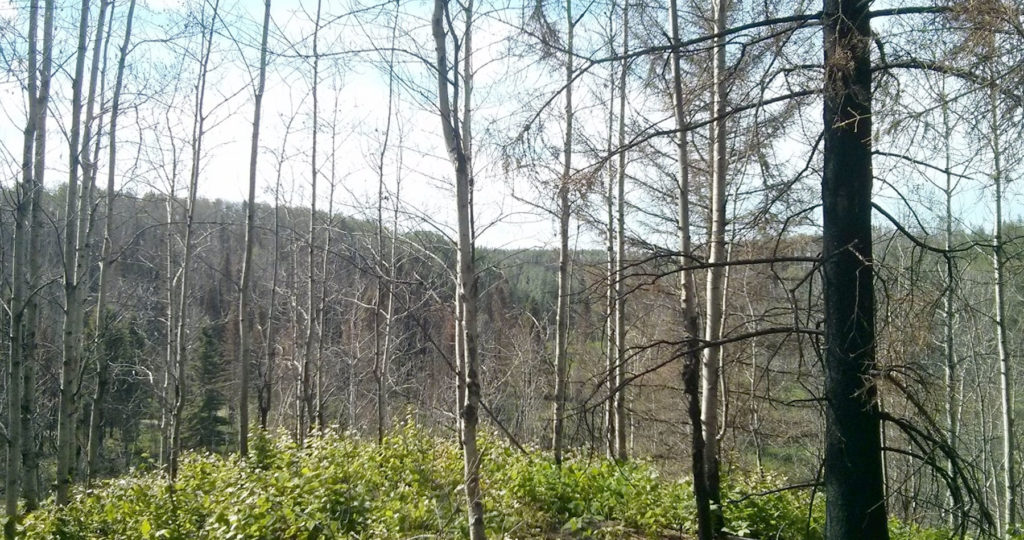
July 8, 2016
Archaeology in the Fort McMurray Fire
At the end of June we started work on planned fire salvage harvest blocks for Alberta-Pacific Forest Industries, southeast of Anzac Alberta. This was the southeastern end of this springs massive Fort McMurray forest fire. When fire kills or damages a stand, there’s a limited time-frame within which the wood can still be salvaged for
Keep Reading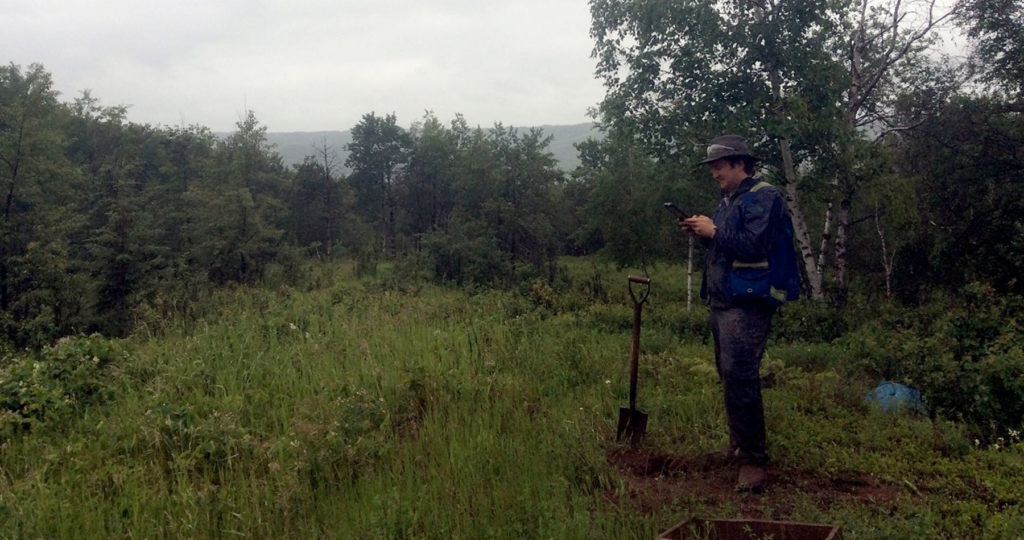
June 27, 2016
Why do we survey gravel pits?
Aggregate pit applications, even renewals, are regularly triggered for Historic Resources Impact Assessments in Alberta. This is mostly due to two factors: their location, and their impact levels. Good sand and gravel deposits are often located near watercourses, especially major rivers, and the presence of coarse parent sediment usually gives them better drainage than surrounding
Keep Reading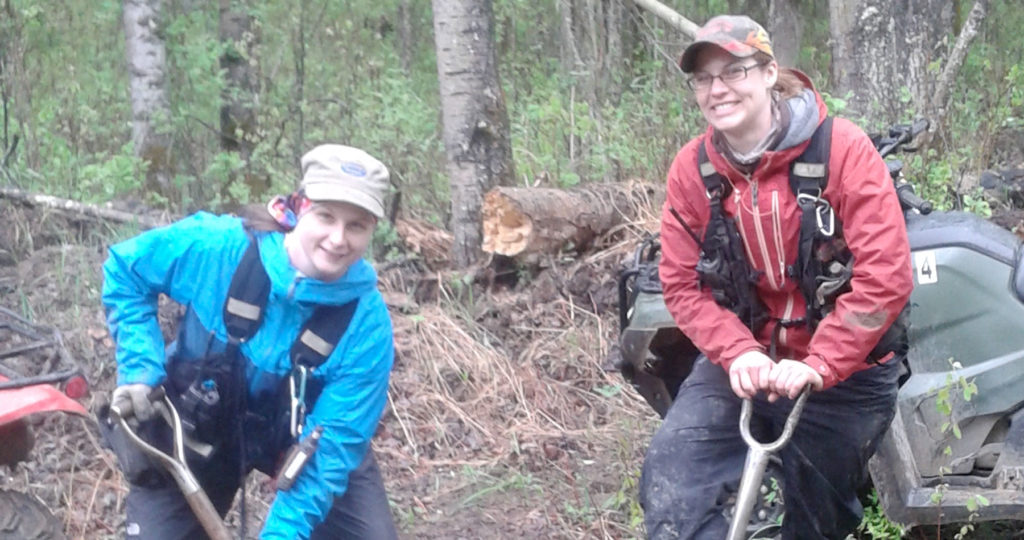
June 24, 2016
The King of Spades vs. the Grizzly
Over the years archaeologists have adopted technological advances from other disciplines. In the office, using programs such as QGIS along with LIDAR and other data sets we can create models to predict sites. In the field, we use a GPS for navigation and iPads to take our notes. Artifact processing has also seen many advances
Keep Reading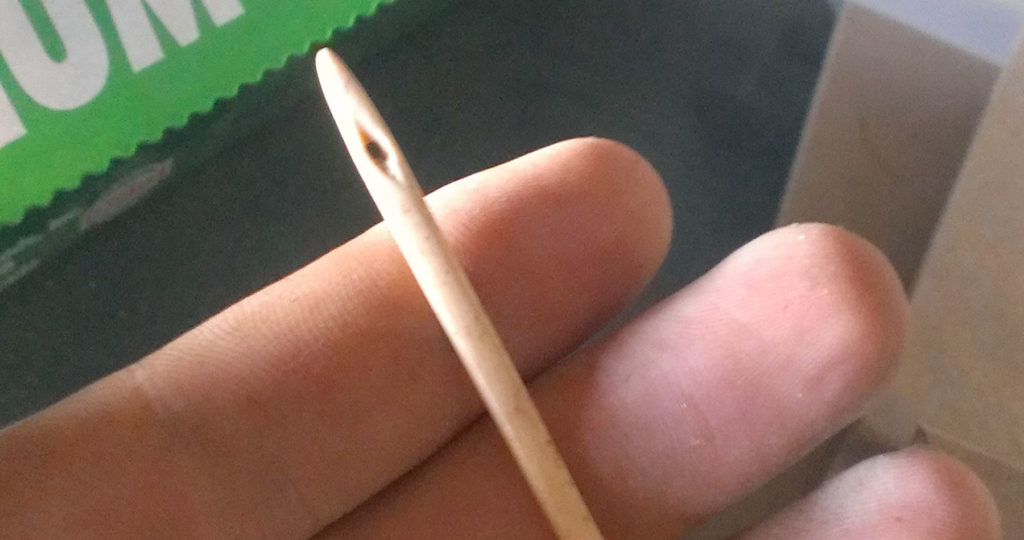
June 16, 2016
Bone Needle
This week we showcase a very unique artifact, a bone needle. This tool is very long and thick compared to the modern steel needles that we are more familiar with, but it still very sharp at the tip. The eye of the needle is diamond-shaped and tapered, which shows us that the eye was made by
Keep Reading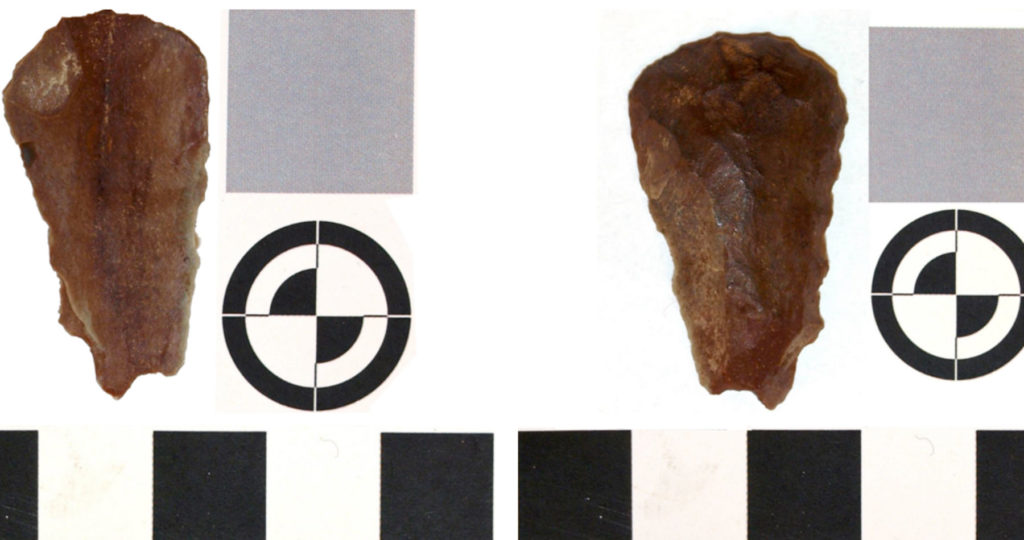
June 8, 2016
End Scraper
This week we feature a stone tool found upstream on Fall Creek, about 55 km west of the community of Caroline, AB. We were undertaking an assessment for Sundre Forest Products and testing a flat area overlooking the creek (shown below) when Ryan found the end scraper shown above. A “scraper” is a type of
Keep Reading